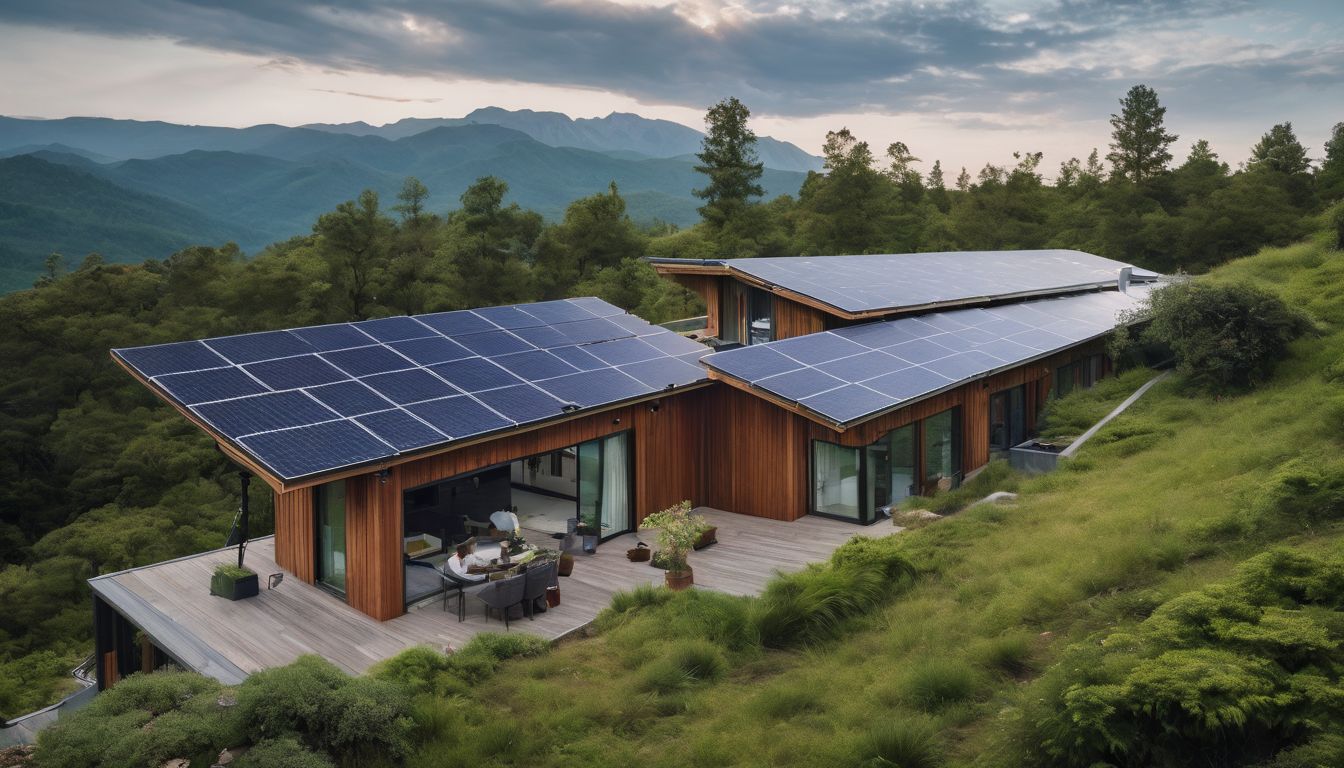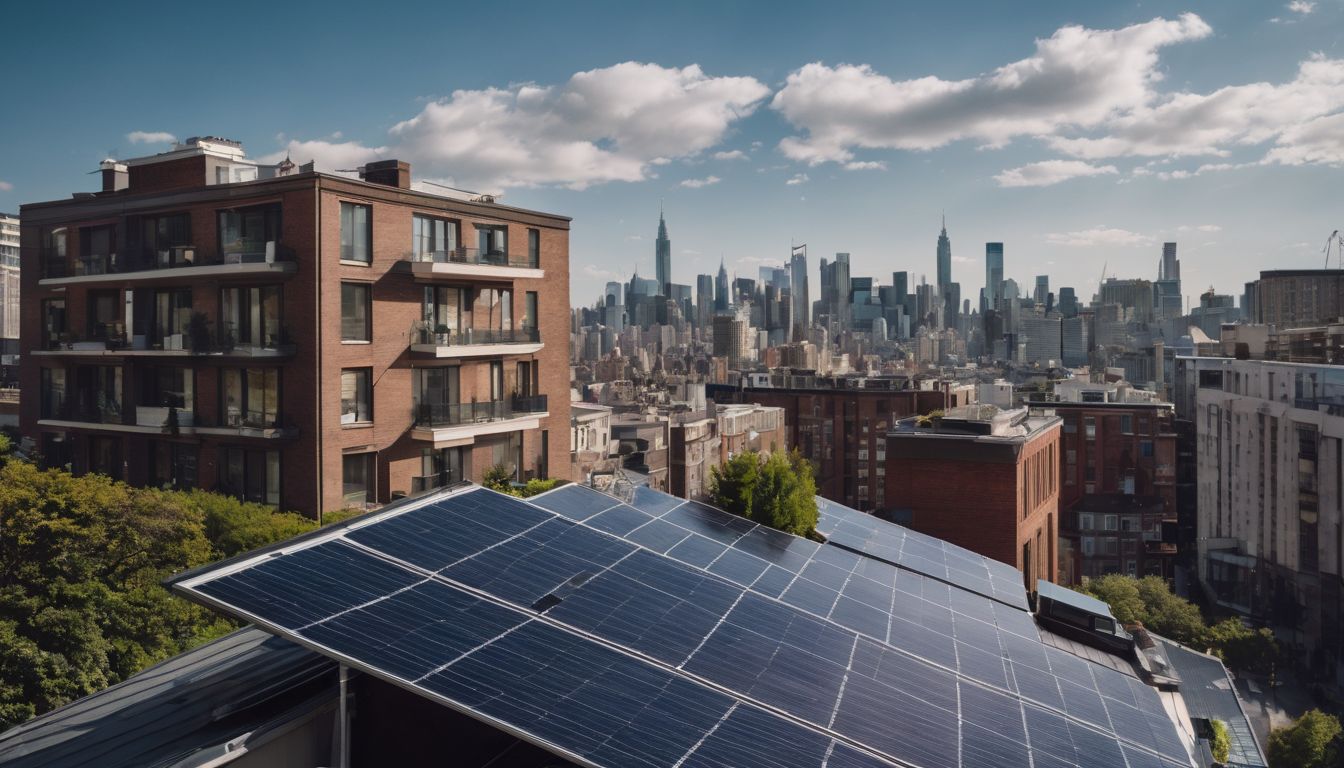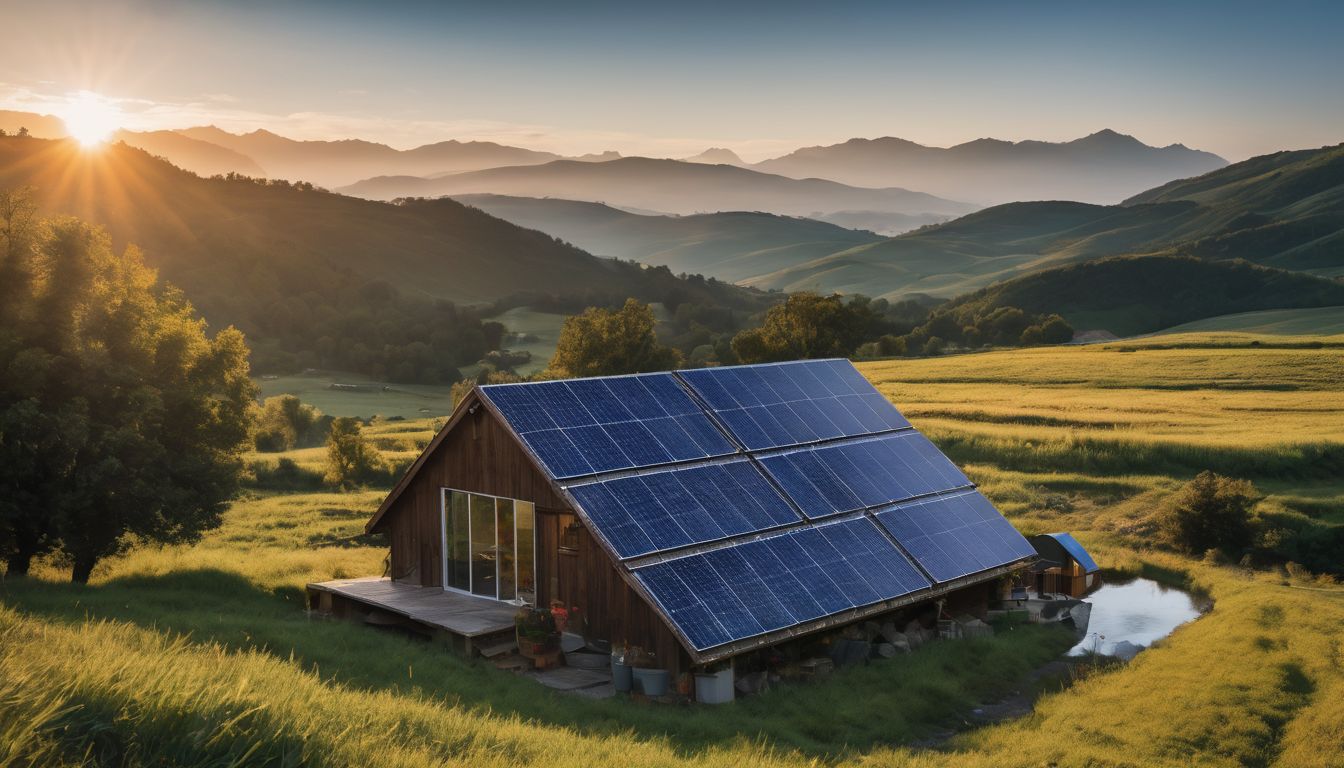BENEFITS to the Environment: Medium. During the warmest seasons of the year you will be able to cook your food with zero excess green house gas emissions. And when the summer months come around, you will be grateful that your BBQ will still host delicious summer-time cook outs, without contributing to an even hotter summer next year. For those of you who live in climates that have sunny days all year round, you will be benefiting the environment all year long!
BENEFITS to your wallet: Medium. Depending on what materials you use, your wallet may or may not shrink: the use of high quality mirrors versus grocery store aluminum are obvious cost differences. The good news: you won’t have to buy coal, wood, or petroleum to cook your food, which means all future costs, minus minimal upkeep, will be zero.
Cost: Varies, depending on materials used. If you’re going for the ideal, long-lasting model, your costs will definitely be higher.
Time and Effort: High; patience: High
Instructions:
The idea behind a solar BBQ is pretty simple, yet the materials used in its construction can vary greatly based on the builder’s budget. In the true spirit of environmentalism, this solar barbecue will represent the minimalist’s method and tap into recycled and unwanted resources.
Step 1: Visit your local second hand store and purchase the absolute largest umbrella you can find. A beach umbrella might be overkill, so one perhaps jus a tad smaller (think golf umbrella) will be perfect.
Step 2: What you choose to line your umbrella with is up to you. You’ll need some sort of silver, shiny, and reflective material. Some people choose to use foil but the problem with foil is that it crumples very easily, causing it to become less effective as a solar catcher. Another option is to buy panels of mirrors. But mirrors are expensive and don’t usually come in the desired size or shape to fit into the panel of the umbrellas. It is best to have your mirrors or reflectors in the shape of a piece of pizza, but measure, measure, measure! Make them the same dimension of the umbrella in order to create a stable solar BBQ. Plain old rectangles may also work, they are just more difficult to attach because they need to be awkwardly overlapped.
Another interesting substitute for mirrors or aluminum is old CDs. Although AOL has probably stopped sending your monthly free trial CD, old compact disks are abundant at thrift stores and most likely in your garage. Plus, they are reflective and don’t crumple or break easily. The downside to CDs is that they reflect a rainbow of colors, and to catch the sun in the most effective manner it is best to use purely silver material. Sheet metal works decently, but find or buy the shiniest possible.
And the last material option: an old aluminum sunshade. You know, the super 80s one that folds out accordion-style and you place it on your dash board against your inside car windshield to keep your seats from getting really hot while you’re in the grocery store. Definitely hit up the thrift store for this one, I’m pretty sure they don’t even sell these things in most stores.
If you’re on a serious budget and don’t have loads of old Savage Garden albums lying around, aluminum foil works pretty well, just please be gentle, it’s a sensitive creature.
Step 3: You will need to attach your reflective material of choice to your umbrella and you’ll need something that is very resistant to heat, so normal glue will not suffice. The best for the job is high temperature resistant silicon: it is sticky and won’t melt under pressure. If you are going to use foil I would suggest connecting it to cardboard or to thin, light pieces of wood. Cut one of these two in the shapes of the mirror and stretch the foil very tenderly over it, being careful not to bend or to crease it. Apply the silicon to the wood or cardboard first, and spread it out to create a flat surface. Then place the foil over top. Press down the aluminum with another flat surface to ensure a wrinkle-free stick. Allow each piece of foil-wrapped wood or cardboard dry according the instructions on the adhesive.
If you want to try the CD-method, it is best to collect as many compact disks as humanly possible. Given their empty center, they need to be heavily overlapped in a fish-scale design to assure maximum reflectivity.
If you want to venture into the 80s window-shade method, you have the least preparation work to worry about. Simply cut the shades into the rounded trapezoid shape and directly glue them to the umbrella with your choice of heat-resistant adhesive. The crumple is already there, so there is nothing you can do to prevent it, and it is sturdy enough that it will not severely buckle like foil. The same is true with using the mirrors. Thinner and pliable mirrors are an obvious plus because it will make your solar BBQ more mobile and easy to glue.
Note: Once the reflective substance is attached to your giant umbrella, your grill is almost complete. The circular nature of the mirror-like material (or mirrors) maximizes the amount of sunlight that will shine onto your grill, which will be located above the very center of the umbrella’s circle. Having a lighter BBQ model will also assist in allowing you to rotate the contraption as the sun moves across the sky throughout the day. One expert suggests repositioning every thirty minutes or so to get the most out of the sunny portion of the day. Solar barbecuing requires patience and if you want your food to cook faster, following the light will speed things up and keep you aware of your cooking.
Step 4: The only thing left to do now is to suspend your cooker above the reflector. The best vessel for your food is a roasting pan because it is built to withstand high heat for a long period of time and can hold a family-sized portion of food. Solar barbequing takes some waiting, so maximizing the amount of food cooked at the same time is key. There are of course various ways to keep the pan over the umbrella. To ease cost, time, and effort, simply purchase two wooden sawhorses from your local hardwood store. You’ll also need two small diameter metal pipes about a foot longer than the diameter of your umbrella. Lastly, you’ll need a metal rack to place your roaster on. Drill two large holes in each sawhorse to run the pipes through, running parallel. This will be to hold the rack, which will hold the roaster. (See diagram below)

Step 5: Cooking the food is the last step! Place your ingredients, potatoes, vegetables, meat, whatever in your roaster and season appropriately. The time it takes to cook varies on how sunny the day is, how often you adjust your cooker, and what you’re cooking. Give yourself a few hours and have a fun day in the sun knowing you are cooking via zero-carbon footprint technology. Make sure to have strong mitts and sunglasses handy as well, your pan will be very hot!




